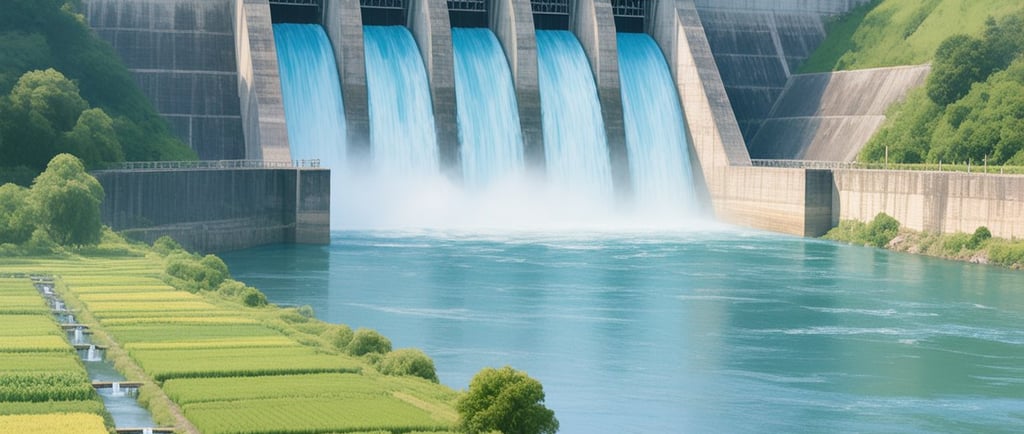The Role of Water Distribution in Power Generation and Agriculture


Understanding Water Distribution in the United States
Water is a vital resource for various sectors, particularly in the Southwest and Northeast regions through the Midwest. These areas significantly contribute to thermoelectric power generation, which is crucial for meeting the energy demands of a growing population. The management and distribution of water in these regions play a pivotal role in ensuring that electricity generation can meet the needs of the public and industries alike.
Water for Thermoelectric Power Generation
Thermoelectric power generation accounts for a substantial share of water usage, with an estimated 80,213 million gallons per day (mgd) utilized in this process. The distribution varies across different regions, where the Southwest leads with an astonishing 71,991 mgd dedicated to thermoelectric needs. This reliance on water for generating electricity highlights the importance of sustainable water management practices, especially in arid regions where water scarcity is a pressing concern.
Irrigation: A Lifeline for Agriculture
In addition to its use in thermoelectric generation, water plays an essential role in agriculture, particularly regarding irrigation. The western United States and high plains rely heavily on efficient irrigation systems to support crop production. With water use for irrigation estimated at 108,412 mgd, it is evident that a well-planned distribution strategy is vital to ensure crops receive the necessary hydration. The efficiency of these systems can have significant implications for food security and agricultural sustainability.
In conclusion, the patterns of water distribution across the Southwest, Western U.S., Northeast, and Midwest regions are fundamental to both thermoelectric power generation and agricultural irrigation. As populations grow and climates change, the competition for this precious resource will intensify, making it imperative to adopt innovative water management strategies. Sustainable practices will not only enhance energy production but also support agricultural needs, ultimately benefiting the economy and environment.
